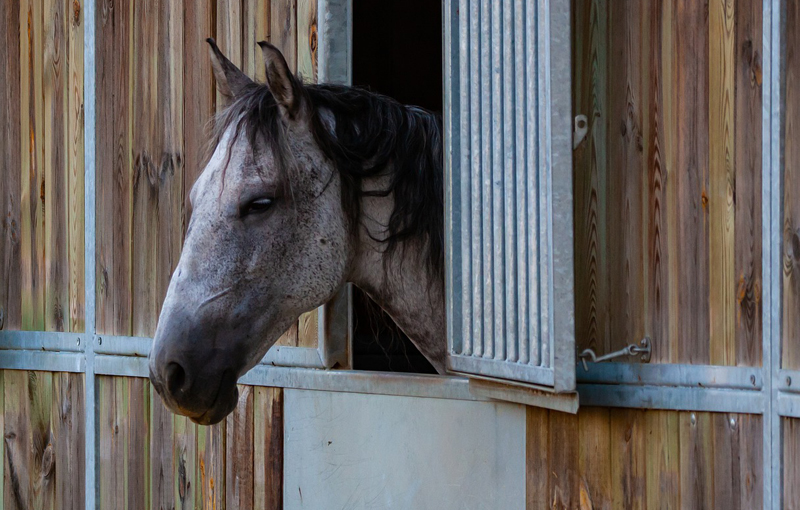Recent budget proposals have left the future of America’s wild horses in question, and opened up the possibility of resuming horse slaughter in the U.S.
President Donald Trump has endorsed budget cuts to the Bureau of Land Management (BLM) for 2018 that would pave the way for thousands of wild horses to enter the slaughter pipeline, and a recent vote by the Appropriations Committee is the first step toward horse slaughter plants becoming legal in the U.S. again after a decade-long ban. The American horse industry must wait for decisions on these matters, however, as any such changes must pass through the House of Representatives, followed by the Senate.
The Horse Welfare Alliance of Canada, formed in 2008 in response to welfare concerns regarding processing issues in the U.S. which affect the Canadian horse industry, promotes the humane handling of horses throughout all their life stages.
Bill desBarres, who serves as chair of the organization, advocates population control in order to sustain healthy herds and prevent the spread of disease. He said, “Information available states that approximately 40,000 loose, wild or feral horses are maintained in pens pastures and managed facilities by BLM. “Further information indicates there is between 60,000 to 70,000 loose, wild and/or feral horses roaming free on U.S. Crown land and Aboriginal properties.
“Population management is considered by many to be out of control, contraceptive programs and other concepts of birth control actions are, apparently, not providing a meaningful population management process and are not fiscally responsible. It is said by many that the populations of loose, wild or feral horses are devastating some areas by overgrazing, creating erosion, destroying wildlife and cattle grazing habitat.”
He added: “Apparently, the BLM has done the best they could. The BLM budget has quadrupled since 2007. Horses are dying from injury, starvation and predators, apparently because management of the population is not at a humane and safe level.”
DesBarres said reopening slaughter plants in the U.S. could have many positive outcomes. “If the vote to re-instate humane and food safe inspection at U.S. processing/slaughter plants is sustained, and plants are licensed in their respective selected jurisdictions it may be assumed that:
- Population management of the loose, wild and feral horses could be corrected in few years;
- From a humane point of view, horses destined for processing may not have to be transported as far as currently necessary;
- Control and surveillance of contagious diseases may be better managed;
- The habitat for grazing bovine and wildlife may self-restore over a period of years;
- The U.S. may re-enter the equine product export market;
- The value of horses may increase;
- Hopefully, the purpose-bred horse business will regain some composure, sustainability and sense of security for those who wish to produce horses for recreation, pleasure, performance, companion and for the food chain;
- Most importantly the welfare of the loose, wild or feral horses in the U.S. may improve after some years of habitat recovery and equine population management.
As for how the reinstatement of USDA equine processing/slaughter plant inspection will reflect in the Canadian Horse Industry, desBarres noted several possibilities:
- The number of horses exported from U.S. to Canada processing/slaughter plants will be reduced
- The value of Canadian horse inventory may increase
- There may be less concern and or danger respecting contagious diseases
- Canada will not continue to be a dumping ground for unfit horse population
“In summary,” said desBarres, “the reinstatement by the U.S House Appropriation Committee of USDA inspector funding at equine processing/slaughter plants may provide an educational jolt and greater understanding for the general public respecting the horse.”
More from Horse-Canada:




